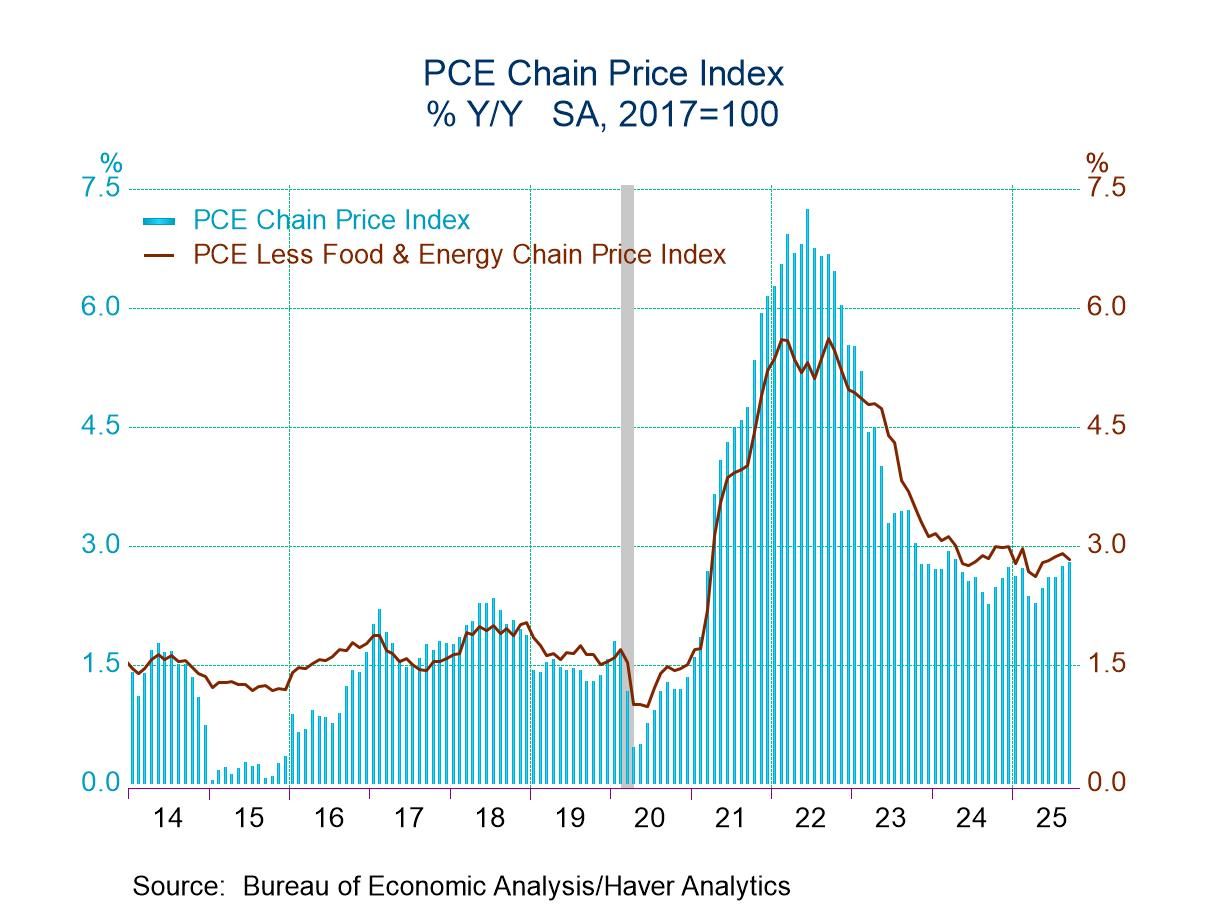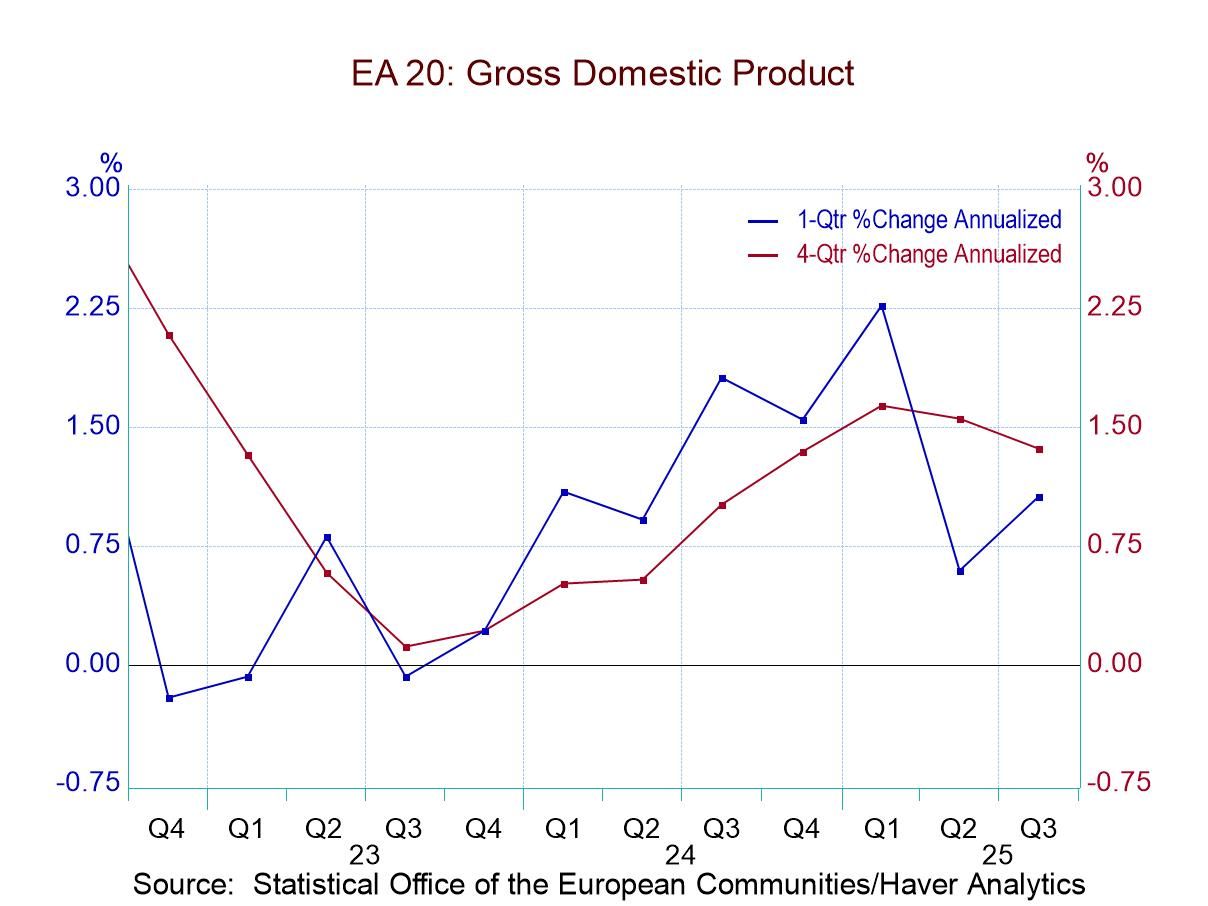 Asia| Jan 29 2024
Asia| Jan 29 2024Economic Letter From Asia: The Big Guys
In this week’s letter, we examine China and India – the world’s two most populous economies. We first take stock of developments in monetary policy, noting China’s continued inclination toward more easing while India keeps policy tight to contain inflation. We also note, however, still weak credit demand in China despite recent easing moves, and strong loan growth in India despite recent tightening moves. We look next at equity market performance in these two economies, noting the divergence between investor pessimism about China and continued optimism regarding India. Next, we assess longer-term demographic issues, highlighting China’s challenges with a rapidly aging population, in stark contrast to India’s relative youth. We end this week’s discussion with a shift to the advanced Asian economies of Taiwan and South Korea, noting persistent manufacturing weakness in the former. And we give a nod to the significance of semiconductors in these economies’ exports, acknowledging, in particular, their recent rebound in South Korea.
Monetary policy in China and India The People’s Bank of China (PBoC) cut the one-year medium-term lending facility (MLF) rate by 45 bps over 2022 and 2023 (chart 1) to support a struggling Chinese economy. The MLF rate cuts in turn dragged on the one-year and five-year loan prime rates (LPR), which serve as reference rates in the credit market. More recently, the PBoC announced that it will cut the reserve requirement ratio (RRR) for banks by 50 bps, effective 5 February. The central bank’s governor said the move will unleash about 1 trillion yuan ($140 billion US dollars) of liquidity into China’s financial system. The PBoC has already enacted numerous RRR cuts in recent years, in a bid to boost growth by easing monetary and credit conditions. It remains to be seen, however, if the latest easing moves can alleviate the challenges China currently faces, given the structural roots of China’s economic problems.
In contrast, the Reserve Bank of India (RBI) has pursued policy tightening over recent years, having raised policy rates by 250 bps to combat inflation. As a result, India’s policy repo rate and marginal standing facility rate have been lifted to late-2018 levels, of 6.5% and 6.75% respectively. Also, the standing deposit facility rate was lifted to 6.25%. India, like many other emerging Asia economies, has experienced price pressures from food and energy costs, prompting the RBI to raise interest rates.
Chart 1: Policy rates in China and India

Liquidity and credit conditions in China and India China’s money supply growth (M2) slowed significantly, to 9.7%y/y in December, despite the PBoC’s moves to boost liquidity (chart 2). Growth in aggregate social financing, however, has edged higher recently, to 9.8% y/y in December, although such growth was driven mainly by government bonds. The exclusion of government bonds reveals, however, a continued underlying cooling in credit growth.
Meanwhile, M2 growth in India has held broadly steady, with growth of 7.7% y/y in November. Additionally, loan growth has remained robust, with bank credit to the commercial sector having expanded 19.2% y/y in November, while outstanding personal loans surged 18.6%. With that said, consumer loan growth in India may face some dampening effects moving forward, following increased capital requirements imposed by the RBI in November.
Chart 2: M2 growth in China and India

China and India’s equity performance Chinese equity market suffered a turbulent year in 2023, having declined by more than 10% (chart 3) amid lingering investor pessimism about domestic economic prospects. Investors offloaded about $26.2 billion of equities in H2 2023, according to the Institute of International Finance (IIF), after a strong post-reopening recovery phase failed to materialize. Furthermore, China’s stock market rout has so far extended into 2024, although prices have recently stabilized in recent days following news of potential policy support. On the flipside, Indian equities have seen comparatively better days, having gained by about 25% in 2023. Underpinning the rally was strong portfolio investor flows into the economy, totaling about $21.4 billion for the year, based on IIF estimates. Still, many foreign investors remain hopeful about India’s economy, given its potential for outperformance.
Chart 3: China and India’s equity performance

Demographic trends in China and India Moving next to longer-term structural and demographic issues, China continues to struggle with a rapidly aging population mainly due to its declining birth rate. The economy saw its birth rate fall to a record low of 6.39 births per 1,000 people in 2023, pulling further below its death rate logged at 7.87. China’s population contracted for a second straight year as a result (chart 4), while the dependency ratio climbed to 21.8%. In contrast, India continued to see its population grow, albeit at a slowing pace, with its dependency ratio just above 10% in 2022. Additionally, India enjoys the relative advantage of a predominantly young population.
Chart 4: China and India’s population growth

Manufacturing developments in Taiwan and South Korea We shift our gaze now to manufacturing trends in Taiwan and South Korea. While the global manufacturing backdrop continues to be challenging, preliminary signs of a broader rebound have been seen. Still, activity in Taiwan’s manufacturing sector remains weak, with the sector PMI gauge having fallen to 47.1 in December (chart 5), reflecting steep declines in output and new orders. Meanwhile, South Korea’s manufacturing PMI gauge continued to hover near the neutral reading of 50, indicating broadly unchanged conditions over the same period.
Chart 5: Taiwan and South Korea manufacturing PMIs

Lastly, we delve deeper into recent semiconductor-related trends relating to Taiwan and South Korea, given the significance of these goods to the countries’ exports. Taiwan’s integrated circuit (IC) exports continued to register mild declines recently, having fallen 3.2% y/y in December, based on rolling 3-month average growth rates (chart 6). In contrast, South Korea saw a strong interim rebound in semiconductor exports as shipments surged 10.5% y/y. For context, ICs contributed to about 41.6% of Taiwan’s rolling 12-month exports in December 2023, while semiconductors constituted about 15.6% of South Korea’s.
Chart 6: Taiwan and South Korea semi-related exports

Tian Yong Woon
AuthorMore in Author Profile »Tian Yong joined Haver Analytics as an Economist in 2023. Previously, Tian Yong worked as an Economist with Deutsche Bank, covering Emerging Asian economies while also writing on thematic issues within the broader Asia region. Prior to his work with Deutsche Bank, he worked as an Economic Analyst with the International Monetary Fund, where he contributed to Article IV consultations with Singapore and Malaysia, and to the regular surveillance of financial stability issues in the Asia Pacific region.
Tian Yong holds a Master of Science in Quantitative Finance from the Singapore Management University, and a Bachelor of Science in Banking and Finance from the University of London.






